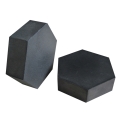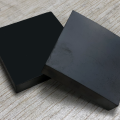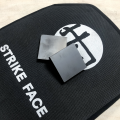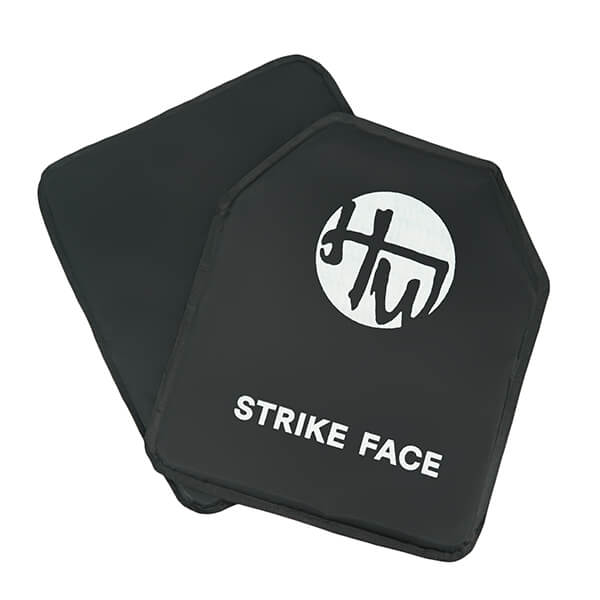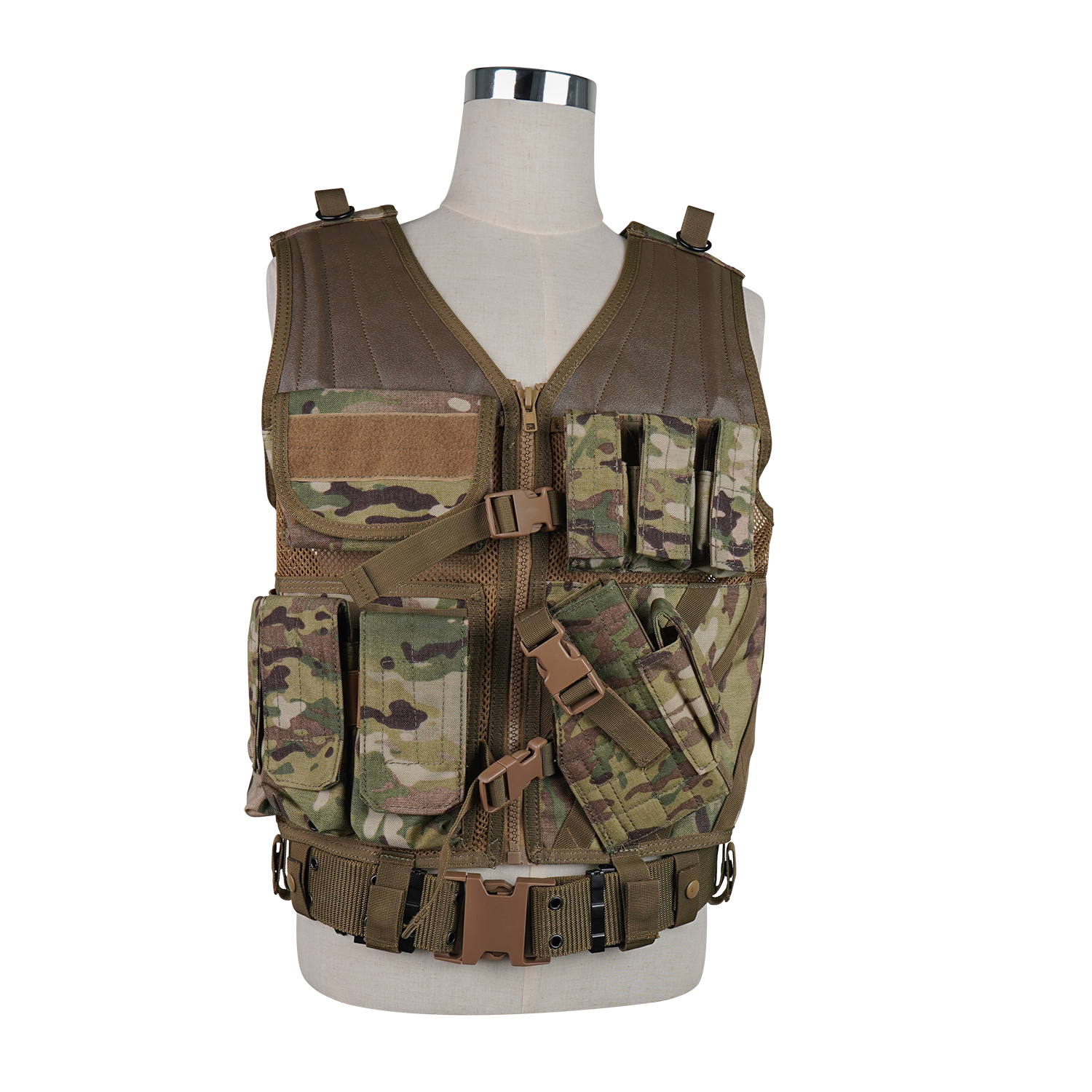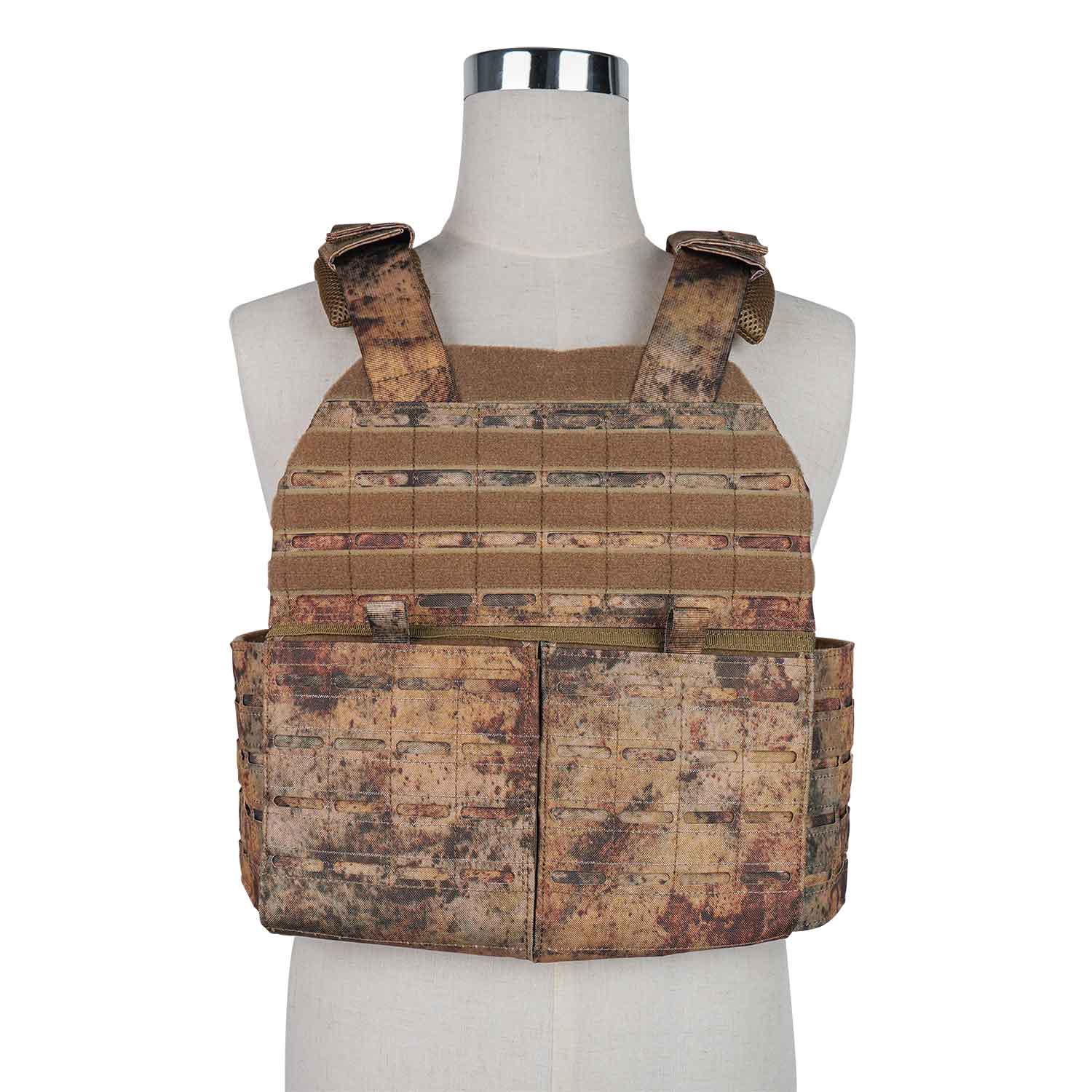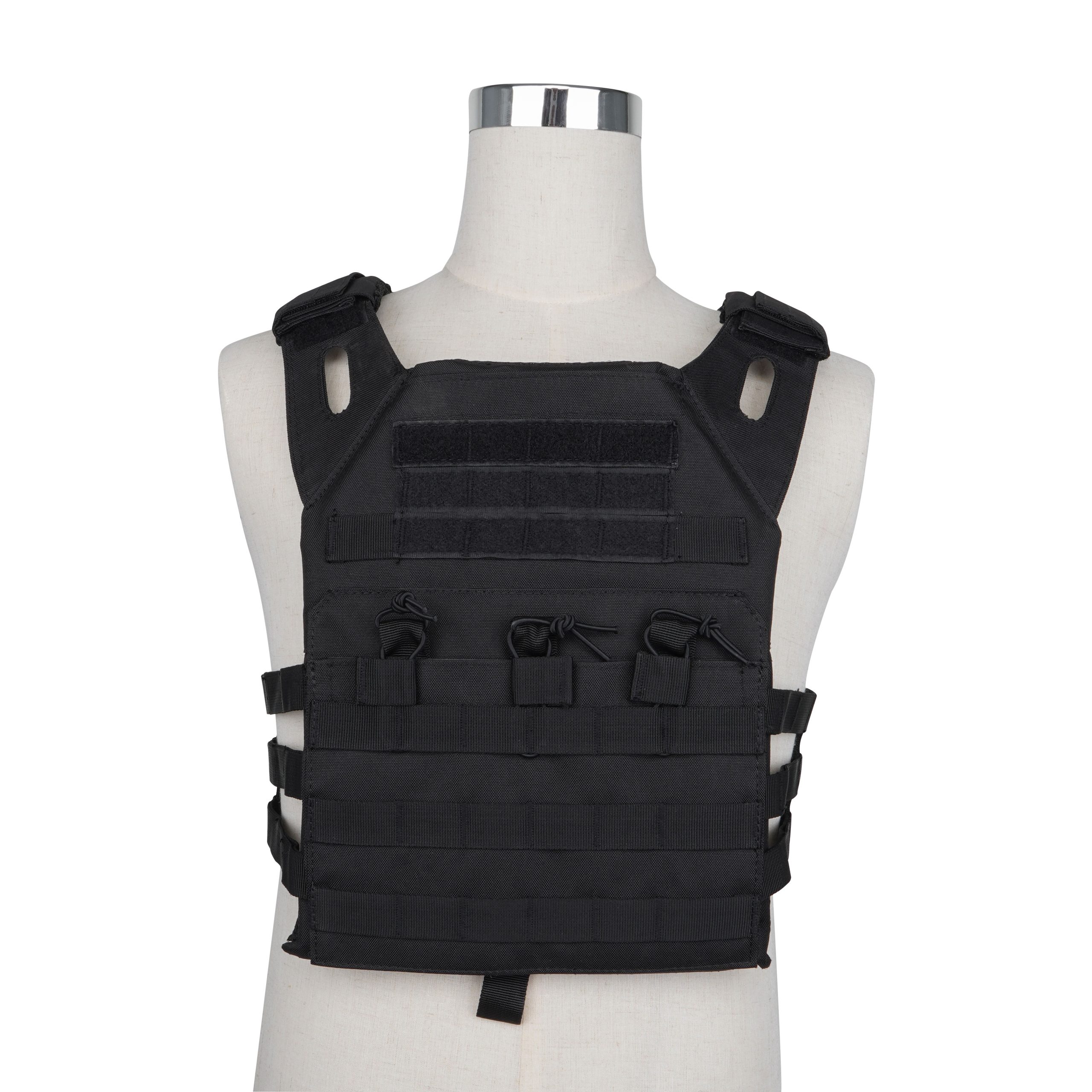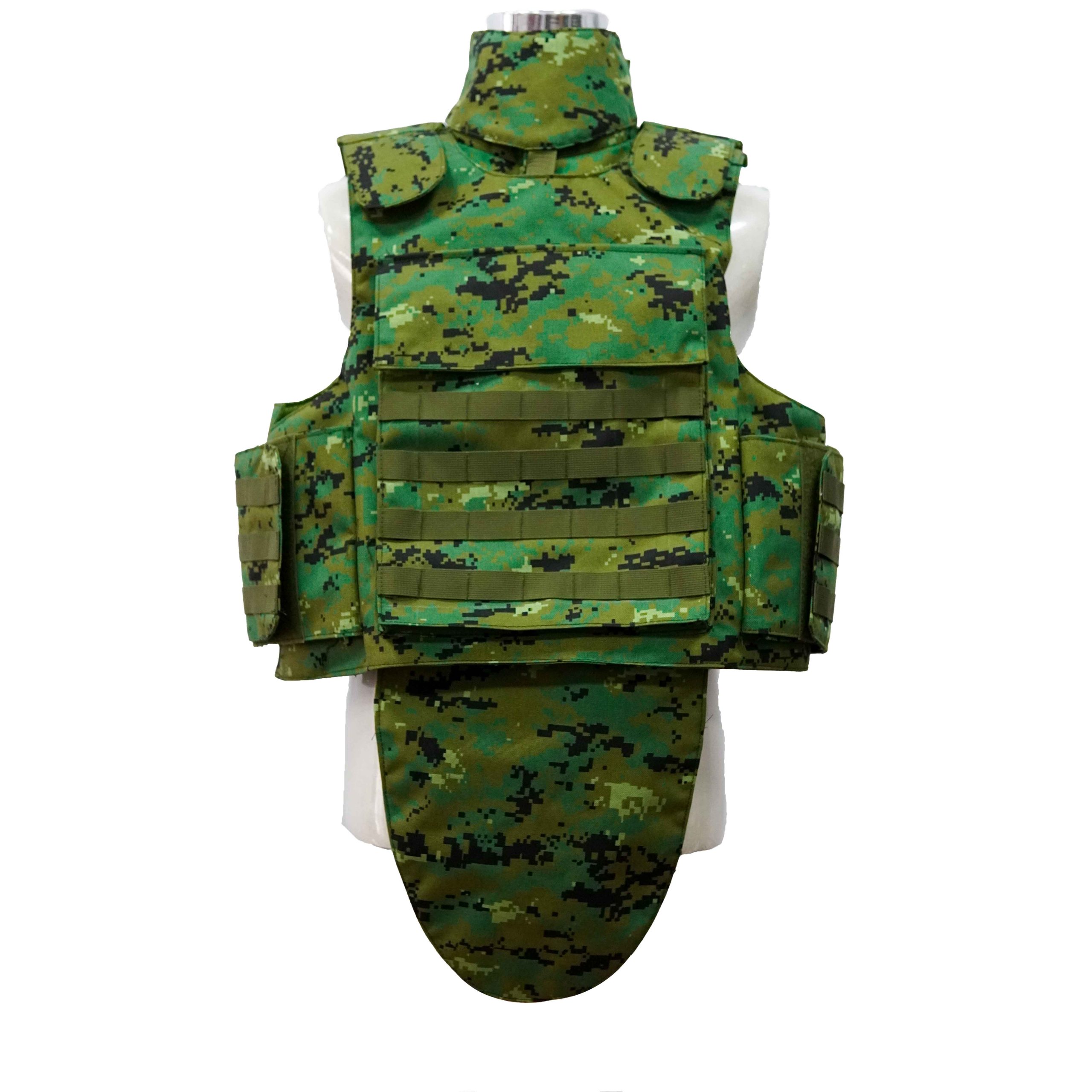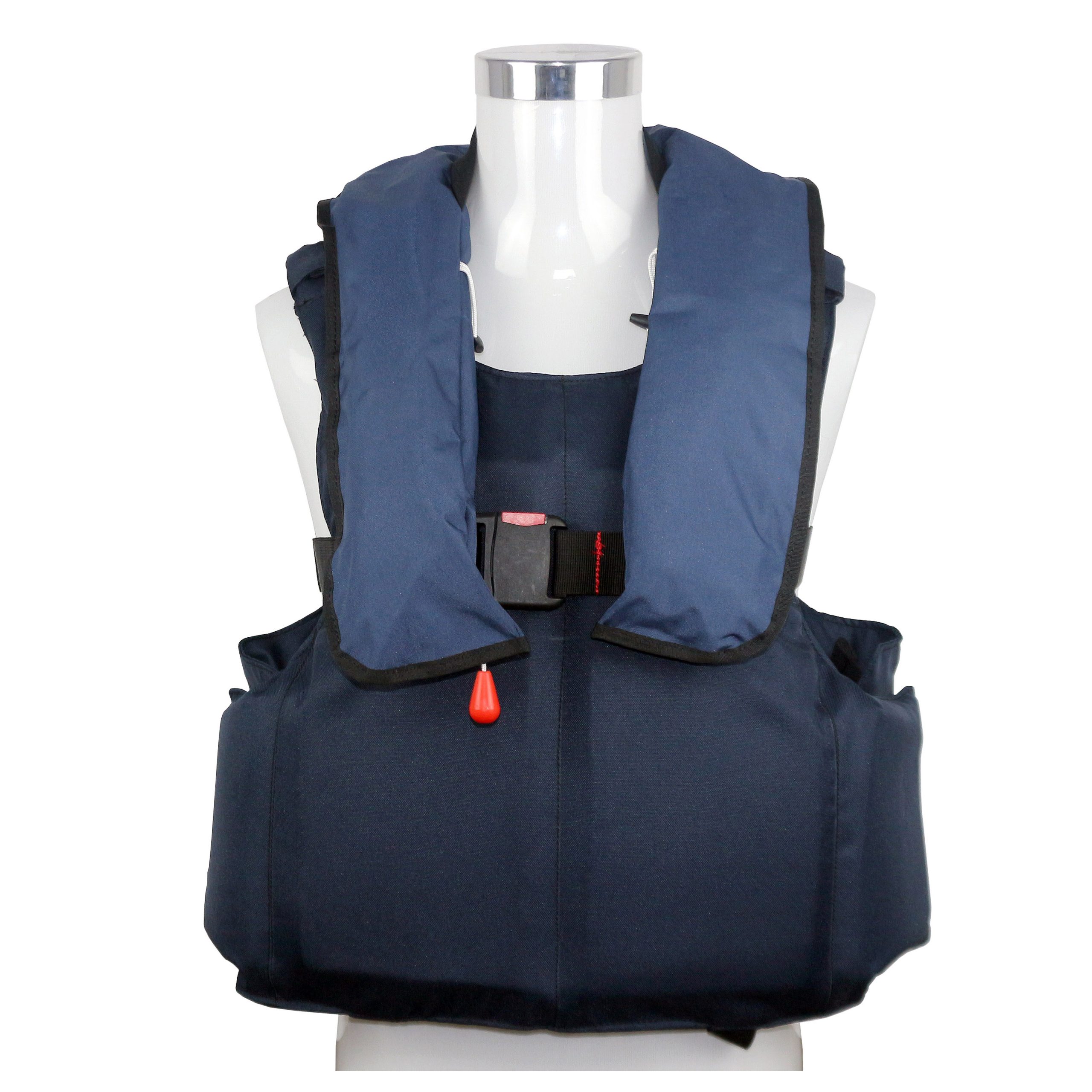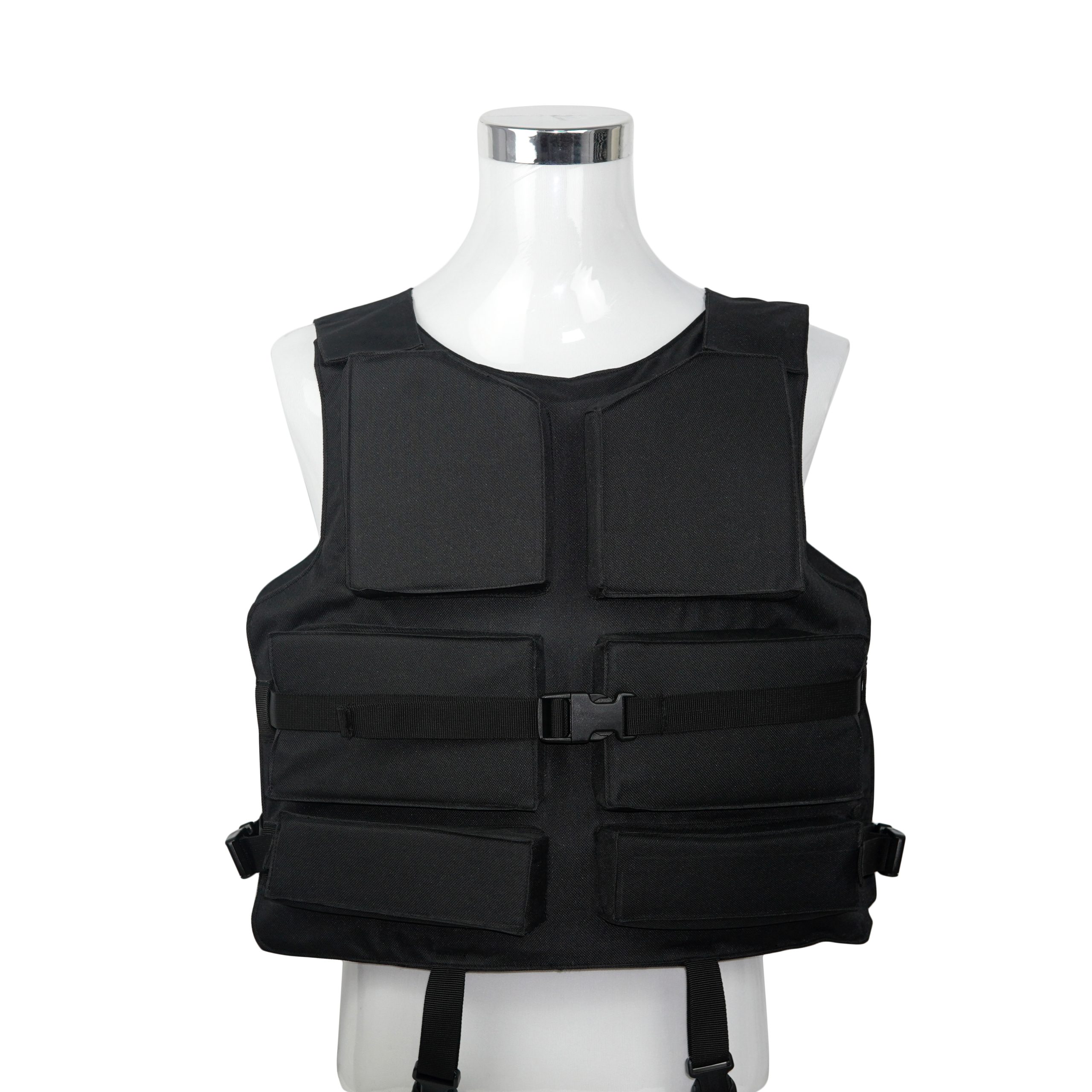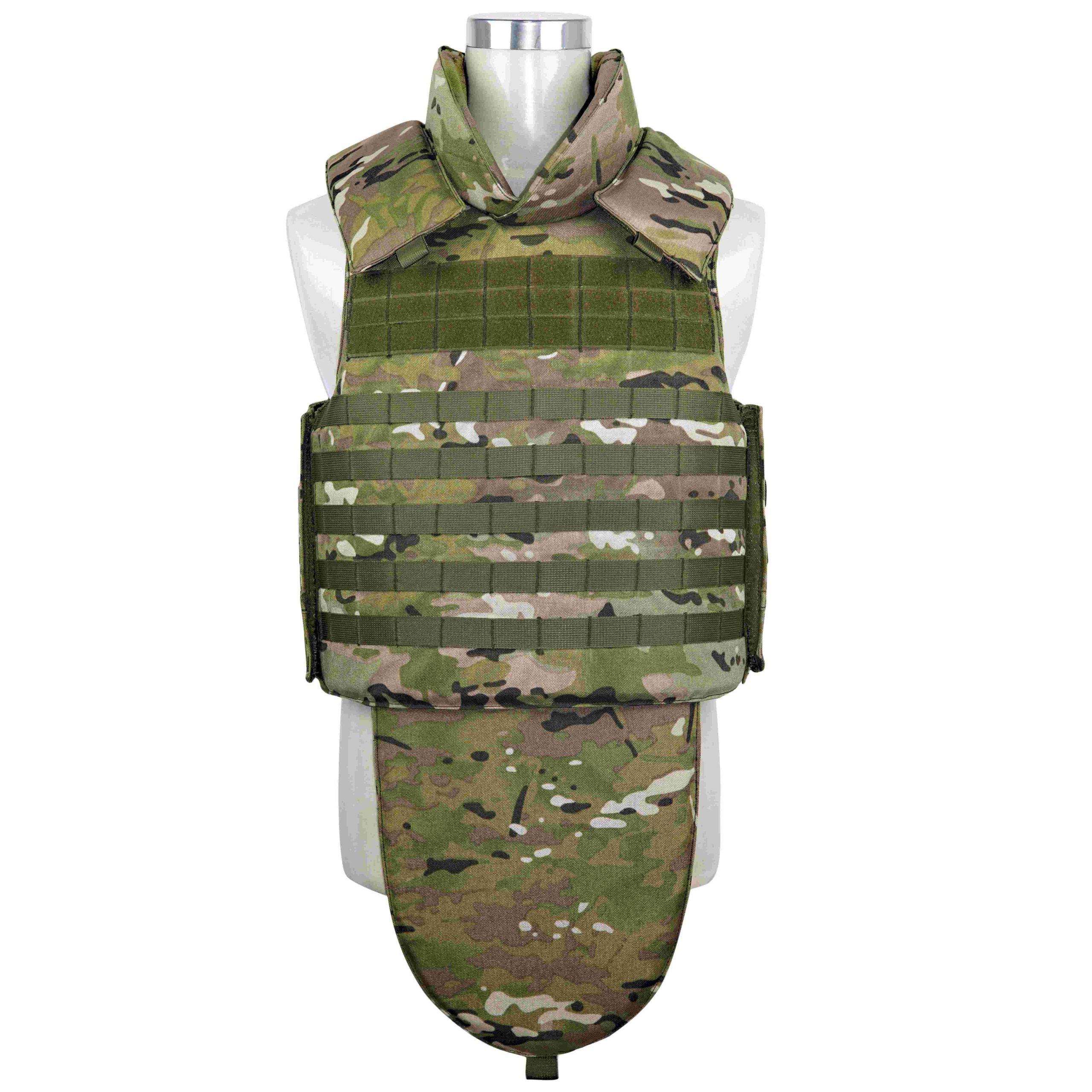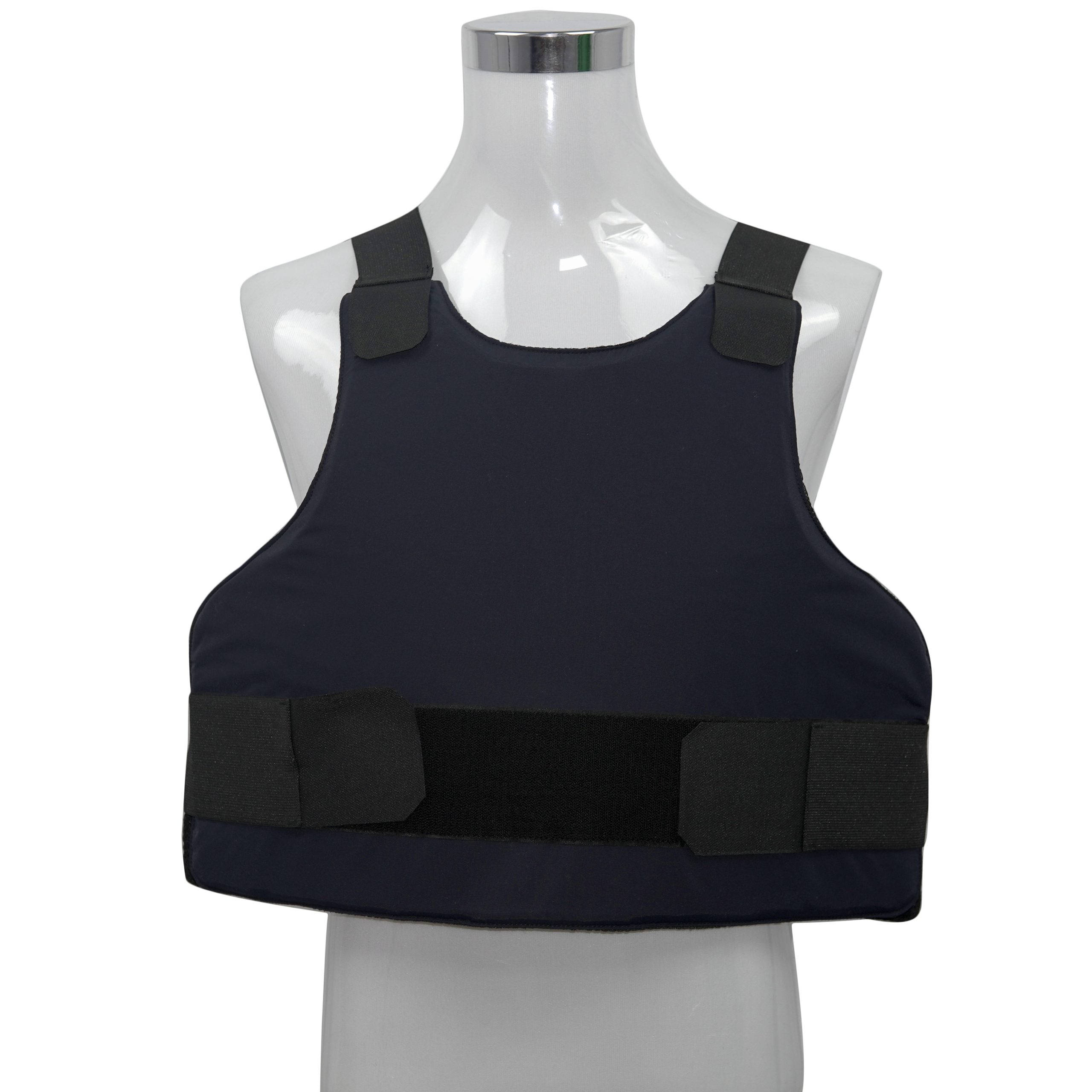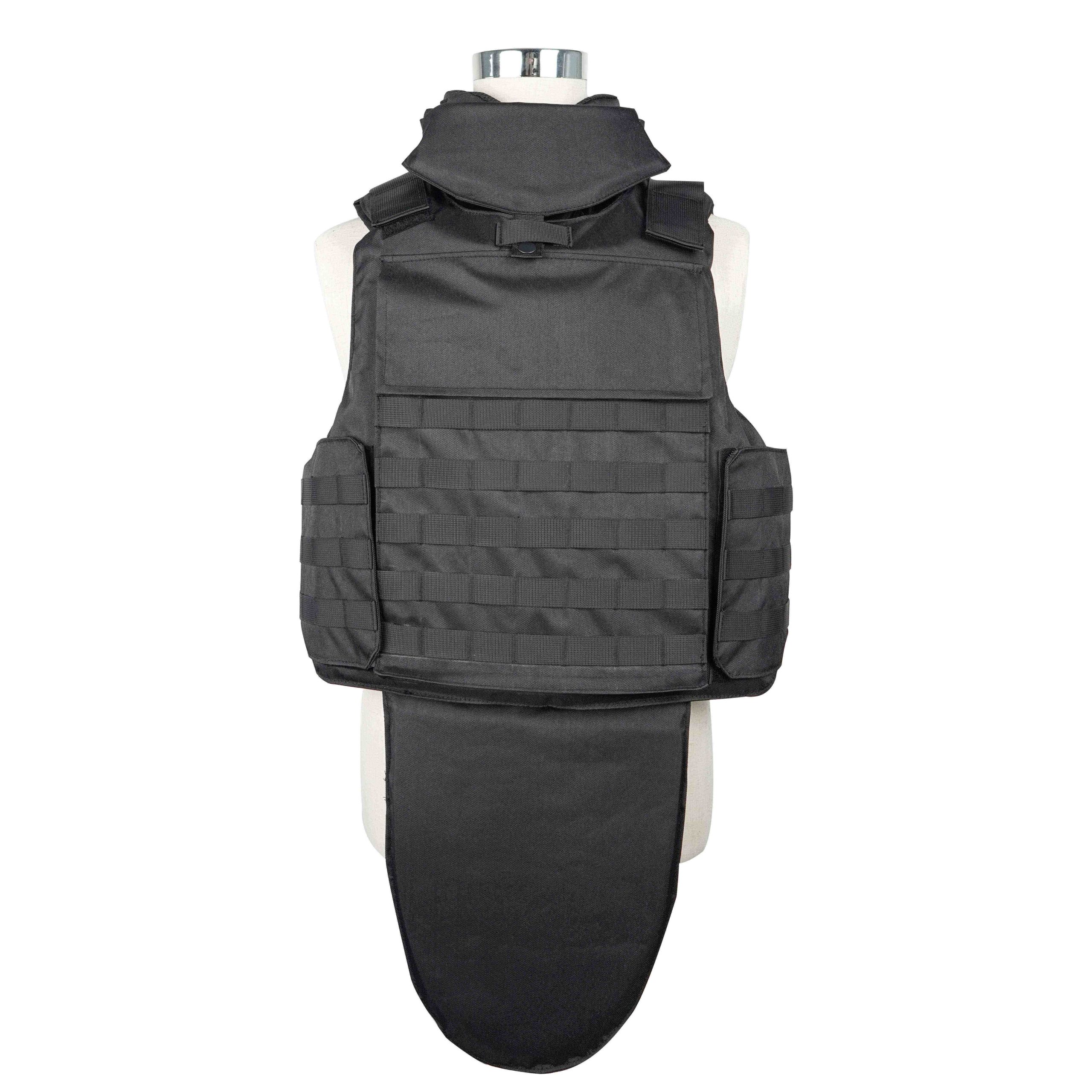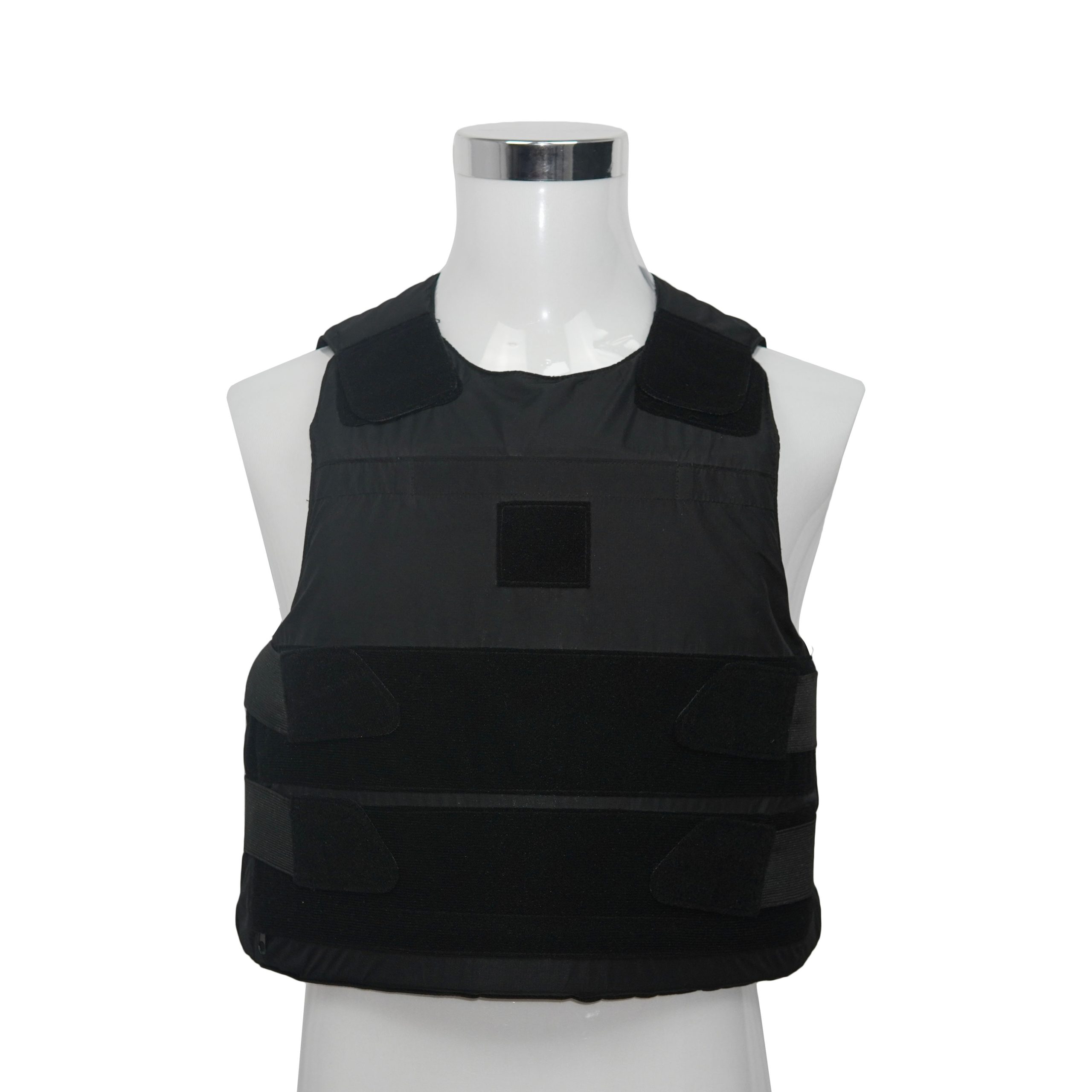Project Description
Body Armor Material Selection – SIC Ceramic
As the main raw material of bulletproof products, SIC (silicon carbide) ceramic block provides protection against stronger bullets for bulletproof plate, mainly used for NIJ LEVEL III and NIJ LEVEL IV bulletproof plate.
What is SIC Ceramic?
SIC stands for Silicon Carbide, a super-hard ceramic material. It’s harder than most metals but much lighter. This makes it ideal for armor plates that need to stop high-speed bullets but still be light enough to wear for long hours.
Why Use SIC Ceramic As Armor Plate Materials?
- Hardness: SIC ceramic breaks up incoming bullets, stopping them from penetrating.
- Light Weight: Compared to steel plates, SIC ceramic plates are much lighter, reducing fatigue.
- Heat Resistance: They work well even in hot, rough environments without losing strength.
- Corrosion Resistance: Unlike metal plates, ceramic won’t rust or degrade over time.
- Multi-Hit Capability: Good quality SIC ceramic plates can stop multiple shots before needing replacement.
How Do SIC Ceramic Armor Plates Work?
When a bullet hits the SIC ceramic plate, the hard surface cracks the bullet into smaller pieces. The plate then spreads out the impact force across a wider area. Behind the ceramic, there’s usually a backing material that absorbs the rest of the energy to reduce trauma to the wearer.
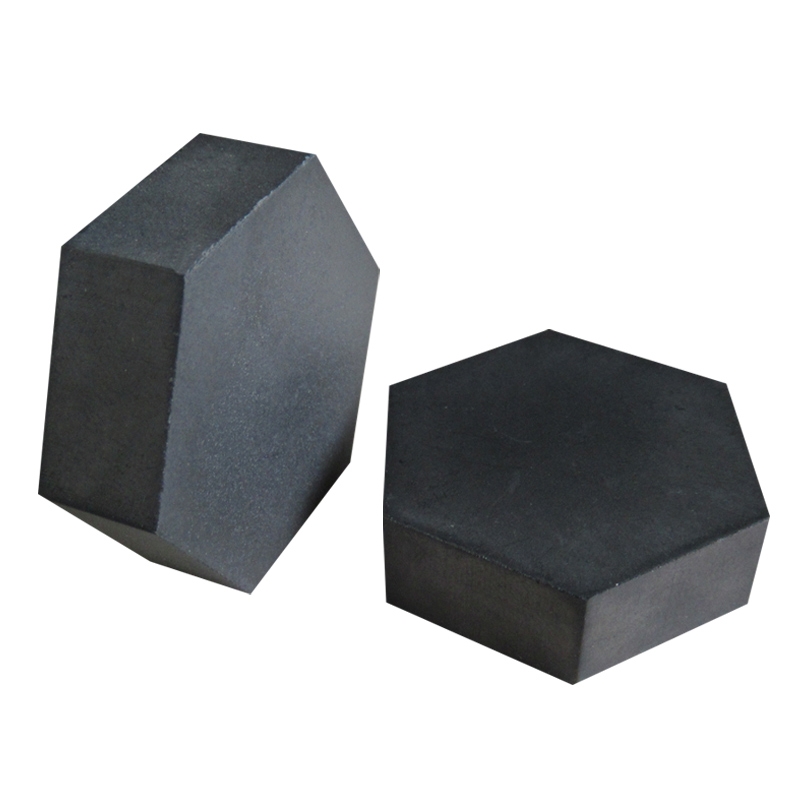
SIC Ceramic vs. Other Armor Plate Materials
| Feature | SIC Ceramic | Steel | Polyethylene |
|---|---|---|---|
| Rifle Protection | ✔✔✔ | ✔✔ | ✔ |
| Weight | ✔✔ | ✘✘✘ | ✔✔✔ |
| Multi-hit Capability | ✔✔ | ✔✔✔ | ✔ |
| Heat Resistance | ✔✔✔ | ✔✔✔ | ✘ |
| Cost | Moderate–High | Low | High |
SIC ceramic offers a middle ground—stronger than polymer, lighter than steel.
Choosing the Right SIC Ceramic Armor Plates
Buying body armor plates isn’t just about picking the hardest plate. Here are important things to consider:
- Protection Level: Plates are rated by NIJ standards (National Institute of Justice). For rifle protection, look for Level III or IV. Level IV offers the highest protection against armor-piercing rounds.
- Weight: A heavier plate means more protection but less comfort. Choose a plate you can comfortably wear during your typical use.
- Size and Shape: Plates come in different sizes (e.g., 10×12 inches, 8×10 inches) and shapes (curved or flat). Pick one that fits your vest and body well.
- Multi-Hit Rating: Check how many shots the plate can safely take. Higher multi-hit ratings mean better protection in combat situations.
- Manufacturer: Buy from companies with proven testing records and certifications. This ensures the plate meets safety standards.
SIC Ceramic Plate Maintenance Tips
- Handle with care: Ceramic plates are tough but can crack if dropped hard or hit by blunt force.
- Storage: Keep plates dry and away from extreme temperatures to maintain performance.
- Regular Inspection: Check for cracks or chips before every use. Any damage can reduce protection.
- Replace when damaged: Don’t risk wearing cracked or damaged plates.
Final Advice for New Buyers
If you’re new to body armor, focus on finding SIC ceramic body armor plates with proper certifications. Don’t just chase the lowest price—quality and safety matter most. Also, pick plates that fit you well and are comfortable to wear. Proper maintenance keeps your armor ready when you need it.
FAQs
Q1: Can SIC ceramic plates be repaired if damaged?
No, once cracked or chipped, they must be replaced. Using damaged plates is unsafe.
Q2: How heavy are SIC ceramic plates?
They typically weigh between 4 and 7 pounds depending on size and protection level.
Q3: Are ceramic plates better than steel plates?
Ceramic plates offer similar or better protection at a lighter weight and don’t rust. However, steel plates tend to be cheaper.
Request a free quote for Your bulletproof hoodie needs today!
We provide OEM service and ready to meet your requests.

